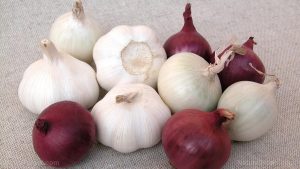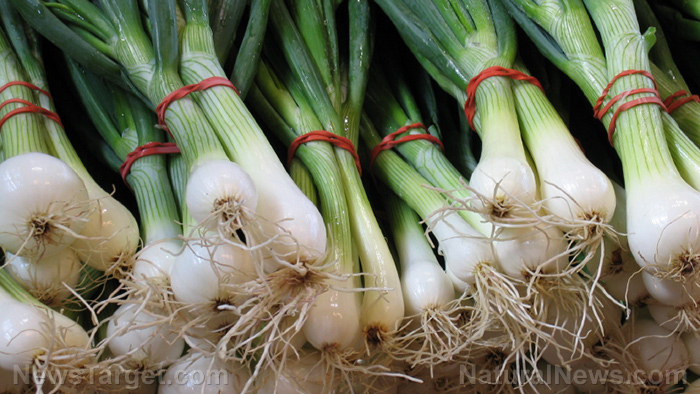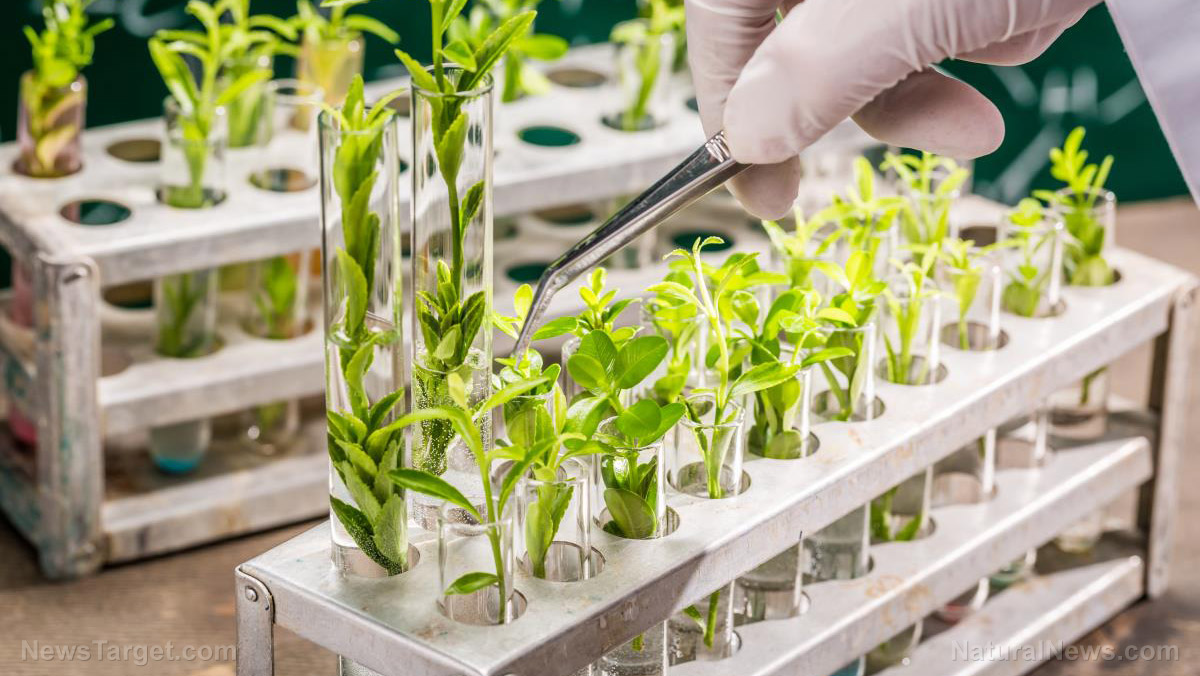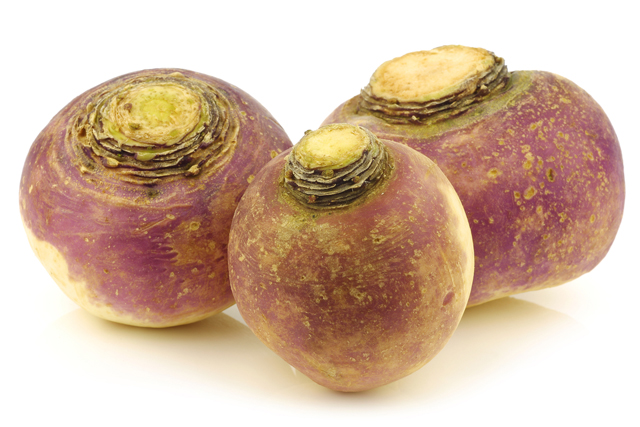Garlic – sources, health benefits, nutrients, uses and constituents at NaturalPedia.com
06/21/2017 / By Bridgette Wilcox

With its distinct flavor, garlic is one of the most common vegetables used for culinary purposes, though it also has a number of medicinal uses. It is part of the Allium genus, and is closely related to other strongly flavored vegetables such as onions, leeks, chives, and shallots, according to MedicalNewsToday.com. It is an important ingredient in many cuisines all around the world, and has been in use for thousands of years, tracing back to ancient Egypt.
Garlic comes in bulbs, called heads, that are made up of separate cloves. It is covered in a papery skin that is often white in color, though there are some varieties that have purple skin.
It is produced all over the world, with China as the top producer, supplying up to 75 percent of the garlic eaten in the United States. Within the country, California is the top garlic producer, with smaller batches being produced in Oregon, Nevada, and Arizona.

List of known nutrients
- Beta-Carotene
- Calcium
- Choline
- Copper
- Iron
- Lutein
- Magnesium
- Manganese
- Pantothenic acid
- Phosphorus
- Potassium
- Selenium
- Vitamin A
- Vitamin B1
- Vitamin B2
- Vitamin B3
- Vitamin B6
- Vitamin C
- Zeaxanthin
- Zinc
Medicinal uses for garlic
Garlic is one of the oldest medicinal plants in the world, and has been in use for the past 3,000 years. According to OrganicFacts.net, it has many antiseptic and nutritional properties that makes garlic ideal for a variety of medicinal uses.
Garlic is popular for being beneficial to heart health. It regulates cholesterol levels through a compound called allicin, which prevents LDL cholesterol from oxidizing. Allicin also helps keep the blood vessels relaxed and prevents the formation of blood clots, making it efficient prevention against strokes and heart attacks.
It can be a good remedy for eye infections and swelling, due to its high levels of selenium, quercetin, and vitamin C.
Garlic is a commonly known cure for ear aches and infections, due to its antiseptic properties. This also makes it effective in treating infected wounds.
It can help ease intestinal problems such as dysentery, colitis, and diarrhea by killing harmful bacteria in the intestines. Garlic also aids in digestion, alleviating swelling in the gastric canal and supporting intestinal function.
In its raw form, it can also treat cough and colds at the onset.
Garlic can protect diabetics from side effects of the disease, including kidney damage, impaired nervous system, heart disorders, and poor eyesight.
The aromatic vegetable can be used as acne treatment, due to its antibiotic properties that can kill bacteria in the pores.
It can also be effective in providing relief to asthma patients.
Garlic has also been used as an aphrodisiac, as it has properties that enhance the libido of men and women. Supplementing with garlic can also prevent nervous fatigue in sexually-active people.
Garlic has been linked to cancer prevention, particularly in cancers of the colon, stomach, and esophagus. It can help reduce carcinogens in the body, and inhibit breast tumor growth.
Garlic may also be efficient against:
- Athlete’s foot
- Candida
- Conjunctivitis
- Peptic ulcers
- Raynaud’s disease
- Splinters
- Vaginitis
Body systems supported by garlic
Here are the body systems that benefit from garlic, according to Food.NDTV.com:
- Blood
- Cardiovascular system
- Immune system
- Intestinal tract
- Kidneys
- Liver
- Prostate
- Skin and hair
- Spleen-pancreas
- Stomach
Ways to use garlic
There are millions of dishes that include garlic, and it is probably one of the easiest vegetables you can incorporate into your diet. It is often used to flavor meat, and is included in marinades or stuffing. Minced, diced, or slivered, they can be added to virtually any savory dish, including sandwiches, soups, salads, and roasts, based on recipes from HuffingtonPost.com. They can also be eaten on their own, raw or roasted. Those who cannot stomach garlic’s pungent flavor can still reap its health benefits by taking it in capsule form.
Where to learn more
- Garlic is natural medicine for treating high blood pressure
- Garlic- A great Anti-Cancer Agent
- Garlic: One of nature’s greatest disease fighters
- Garlic’s healing properties are so intense that it is 100 times more effective than antibiotic treatments
- Garlic: Powerful health boost in a small package
- Garlic naturally obliterates antibiotic-resistant urinary tract infections where Big Pharma fails
Summary
Garlic can prevent heart attacks and strokes.
Garlic can promote eye health and treat eye infections.
Garlic can cure ear infections and also treat infected wounds.
It can ease intestinal problem like diarrhea, colitis, and dysentery. It can also promote smoother digestion.
It is a known treatment for cough and colds.
Garlic helps diabetics manage side effects of the disease.
Garlic can be used to treat acne.
It provides relief from asthma.
It can stimulate the libido and prevent fatigue in sexually-active people.
The vegetable is linked to cancer prevention.
High doses of garlic can exaggerate the effects of anticoagulant and blood pressure-lowering drugs.
Aged garlic can dramatically reduce the growth of prostate cancer cells.
Sources include:
Tagged Under: garlic




















